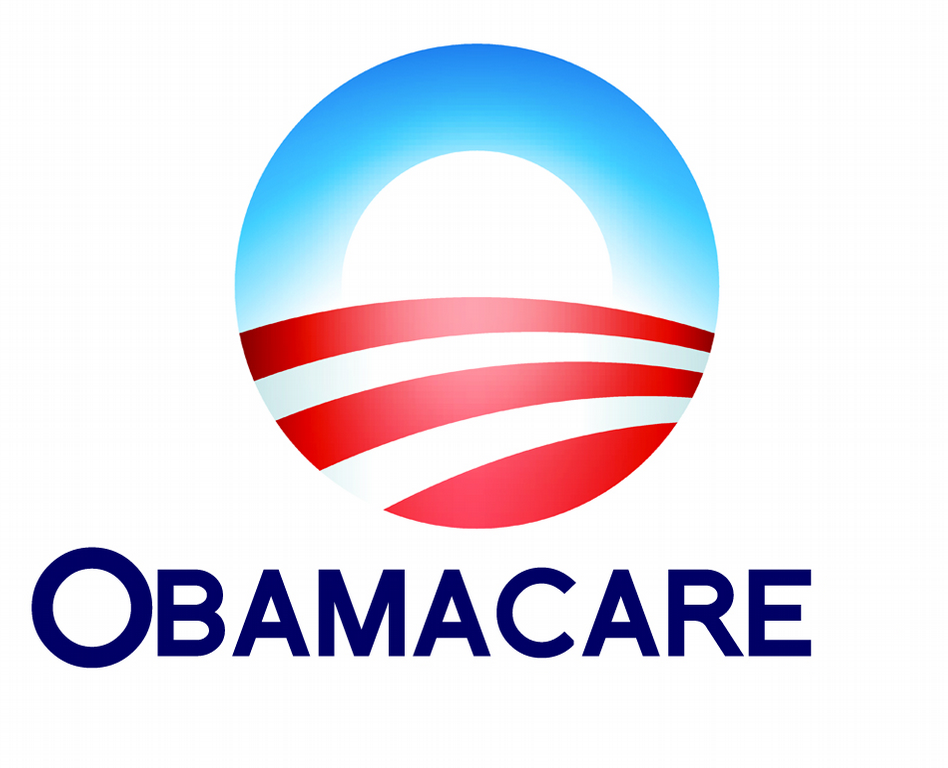-Personal-
Health Insurance

-ACA Health Plans
-On Exchange
-Off Exchange
-Health Savings Accounts(HSA)
-Medicare Supplement B Plans
-Medicare RX D Plans
-Medicare Advantage Plans
Did you know the average cost of a 3-day hospital stay is $30,000? Or that fixing a broken leg can cost up to $7500? Having health coverage can help protect you from high, unexpected costs like these.
How health insurance coverage works
When you have insurance, you pay some costs and your insurance plan pays some:
Premium- A premium is a fixed amount you pay to your insurance plan, usually every month. You pay this even if you don't use medical care that month.
Deductible- If you need medical care, a deductible is the amount you pay for care before the insurance company starts to pay its share. Once you meet your deductible, your insurance company begins to cover some costs of your care. Some plans have lower deductibles, like $750. Some have higher deductibles, like $5000. All plans provide preventive care services, and sometimes other care, before you've met your deductible.
Copayment- A copayment is a fixed amount you'll pay for a medical service after you've met your deductible. For example, after meeting your deductible you may pay $25 for a visit to the doctor's office that would cost $150 if you didn't have coverage. The health plan pays the rest.
Coinsurance- Coinsurance is similar to copayment, except it's a percentage of costs you pay once you have met your deductible. For instance, you may pay 20% of the cost of a $100 medical bill. So you would pay $20 and the health plan would pay the rest.
How insurance protects you
Insurance coverage protects you from high medical costs 2 ways:
Out-of-pocket maximum- This is the total amount you'll have to pay if you get sick. For example, if your plan has a $6000 out-of-pocket maximum, once you pay $6000 in deductibles, coinsurance, and copayments the plan will pay for any covered care above that amount for the rest of the year.
No yearly or lifetime limits- Health plans in the Marketplace can't put dollar limits on how much they will spend each year or over your lifetime to cover essential health benefits. After you've reached your out-of-pocket maximum, your insurance company must pay for all of your covered medical care with no limit.
People without health coverage are exposed to these costs. This can sometimes lead people without coverage into deep debt or even into bankruptcy.


